The Frankfurt Motor Show
The ideas and concepts of the motor show held in Frankfurt am Main since 1951 were impressive. For many years, the best examples of automotive innovations were presented there. It was a celebration of the world car industry on German soil. However, from 2021, the International Motor Show in Frankfurt (Internationale Automobil-Ausstellung, IAA) ceases to exist, moving to Munich. We will try to tell you in this article how this happened and why many motorists and professionals remember the Frankfurt Motor Show with gratitude.
How it all started
The very first automobile exhibition in Europe was held in 1897. But it was not until 1951 that the motor show was organized in Frankfurt am Main. The exhibition, where a truck with a turbo diesel engine was shown for the first time, was visited by 570,000 people. Since then, for four decades, until 1991, the automotive world came to this city to find out how the auto concerns of Europe and the world will please it. In 1961, 950,000 people visited the IAA exhibition, and in 1965, Japanese car manufacturers took part in the motor show for the first time.
The Frankfurt Motor Show has always been considered incredibly important and prestigious. Here, in different years, Europeans first learned about many Chinese brands, future bestsellers of Japanese and Korean brands debuted, as a rule, Tolyatti Lada tried to organize its stand, and even Russian Marussia, which later became a laughing stock, announced the start of its sales in Frankfurt – this move was perceived as a very solid and win-win. The Daimler Group alone has always placed dozens of “passenger cars” on several floors.
The organization of the exhibition rested squarely on the shoulders of the German Association of the Automotive Industry (VDA).
Separation of the motor show into exhibitions of cars and trucks
The last combined motor show with cars and trucks took place in 1989, when almost 2000 companies took part in the exhibition, the total area of exhibition stands was 252 thousand square meters. 1.2 million people came to see the latest developments.
Frankfurt was a constant trendsetter of automobile fashion. Since 1992, the event has been divided into two parts. In odd-numbered years, an exhibition of passenger cars was held in Frankfurt am Main, and in even-numbered years, an exhibition of trucks was held in Hanover.
The international motor show in Frankfurt am Main, like instant camera flashes, was intended to capture and mark milestones in the life of a car. There, auto leaders and trends in the development of the automotive industry were determined, results were summed up, experience was exchanged, and competitors and potential partners were looked at. Frankfurt has always been a bright and unusual event, memorable for a long time and giving fertile topics for debate and discussion to experts, car fans, columnists and just amateurs.
The life of the Motor Show in Frankfurt is a wonderful story, full of passion, ups and downs. The models being developed for the show were kept secret, the paparazzi tried very hard to photograph them, the manufacturers were zealous in estimating what to expect from their competitors, and when the moment of truth finally came, and the debutant models were presented to the public, it was always the apotheosis. All the favorite car brands that won the hearts of millions of people, most often appeared for the first time on the sites of international car shows in Frankfurt. The Volkswagen Golf, the Porsche 911, the Plymouth Barracuda, the Jaguar XK 120, the Ford Mustang, the Jeep Cherokee and other cars, that are revered in the history of the automotive industry as milestones, at one time blew up the auto world from the stage of the Internationale Automobil-Ausstellung motor show, IAA.
For example, in 2009, more than 780 companies came to the auto show, presenting 206 new cars. In 2011, 900 companies brought their products to the exhibition, and the total number of visitors for ten days exceeded 850 thousand people. In 2017, 994 companies from 39 countries, which held 228 world and 64 European premieres of new models and various developments, took part in the exhibition. The total number of visitors exceeded 810 thousand people, and the number of mentions of the motor show in social networks reached one billion.
It was Frankfurt that became the premiere place for many cars that later earned the status of iconic. Twenty of the most striking ones that have had an impact on the automotive industry are listed below.
Great premieres of Frankfurt
1961 introduced the BMW Neue Klasse, which laid the foundation for the company’s “genetic code”. It was after the “New Class” that all the cars of the Bavarians got a touch of sportiness. The compact model was in demand not only among burghers, but also among racers. Moreover, the history of the Alpina company began with the Neue Klasse improvements. Finally, the novelty of 1961 is the common ancestor of the BMW third and fifth series – two of the most important models of the brand in modern history.
In 1979, at the Frankfurt Motor Show, the world saw the Mercedes-Benz S-Class (W126), which became the “car for sheikhs”. The new S-Class became the most progressive car of its time: Anti-lock Braking System, airbags, electrically adjustable seats with memory – these benefits began to penetrate the masses only after the appearance of the flagship of Mercedes-Benz. The model was a phenomenal success: over the next 12 years, 818,036 copies were produced, and this record has not been broken so far. For comparison, the edition of the S-class in the W221 body did not reach even half a million units.
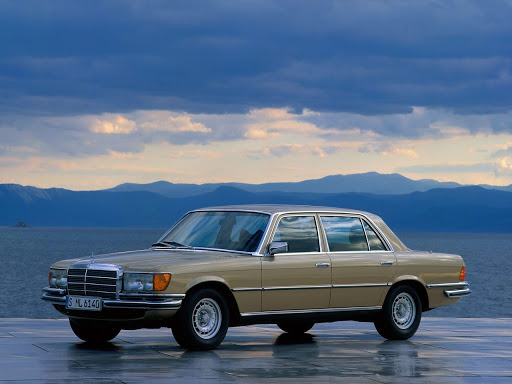
The 1979 Motor Show brought the Lancia Delta to the world. Visitors to the Frankfurt Motor Show that year could hardly imagine that the modest Lancia Delta hatchback, drawn by Giorgetto Giugiaro, would soon become a true legend. Still waters run deep… First, the car won the title of the best European car in 1980, and what happened next – every motorsport fan knows. The Delta S4 has become the most progressive and fastest car of Group B, successfully using both a turbo and a compressor on the same engine. After the closure of Group B, the Delta Integrale consolidated the achievements of the S4, six times in a row becoming the winner of the WRC in the manufacturers’ standings.
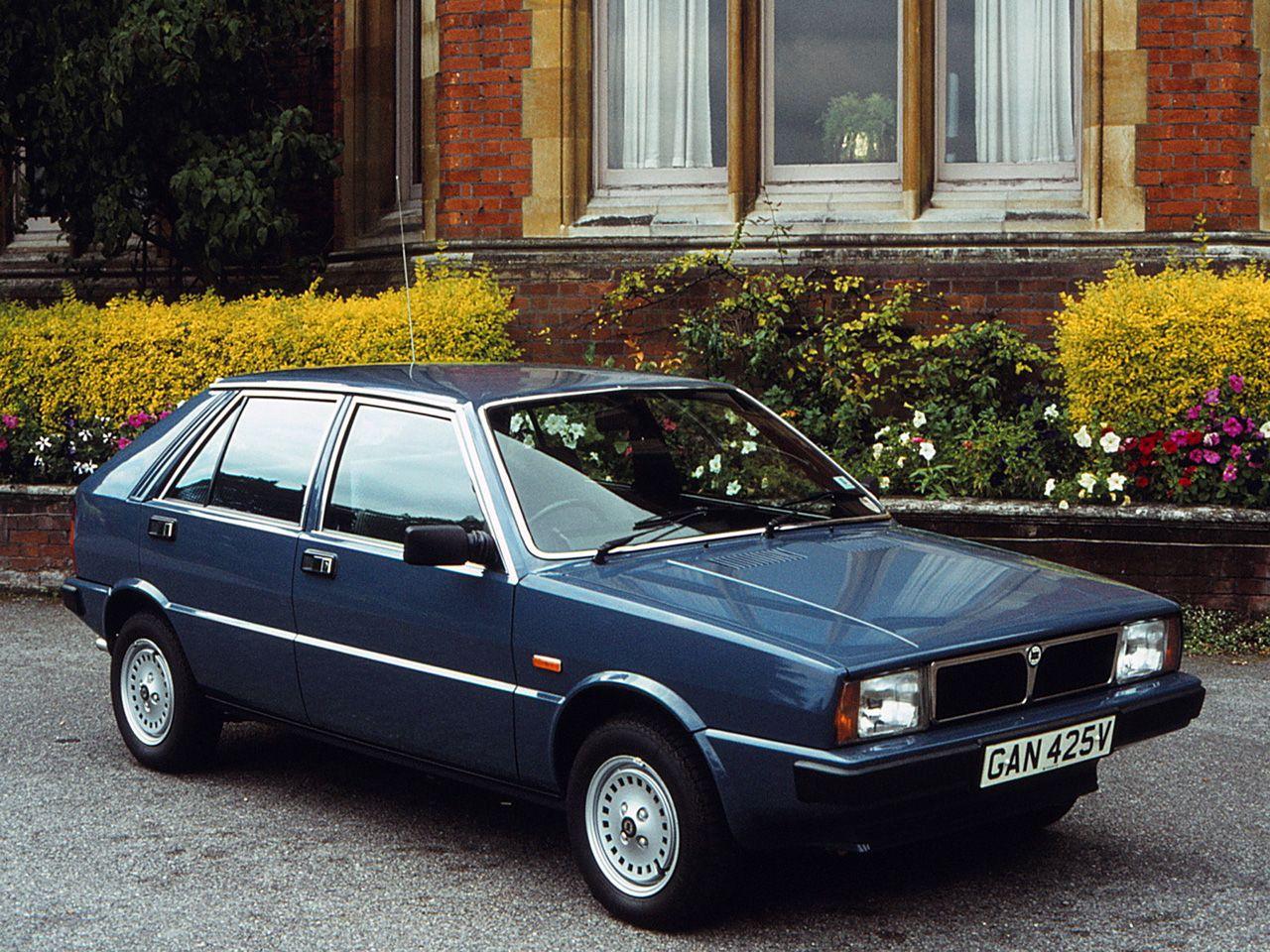
1983 presented the Porsche Gruppe B Prototype (959), which became one of the brightest supercars of the 1980s. This car started the path to icon status when the Gruppe B prototype debuted at the Frankfurt Motor Show. Two years later, at the same Frankfurt auto show, a pre-production version of the 959 was presented.
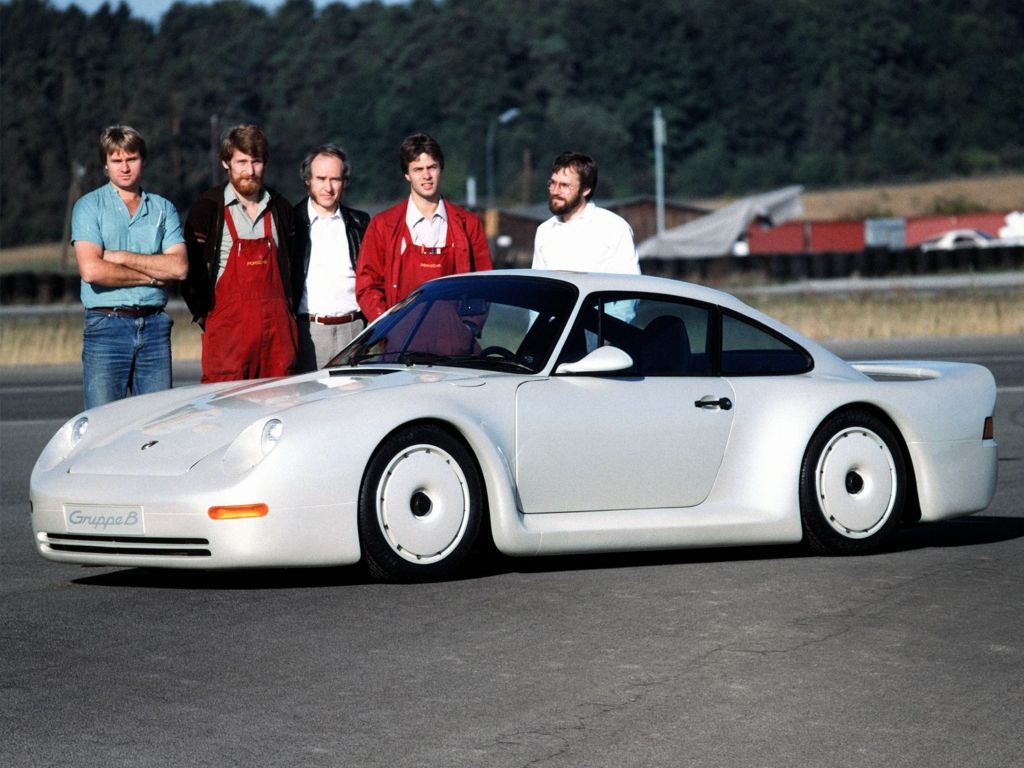
The 1995 Motor Show gave the world the Lotus Elise, the model that started the modern history of the Lotus company. The Elise model is still being produced without significant changes, and demand for it remains consistently high.
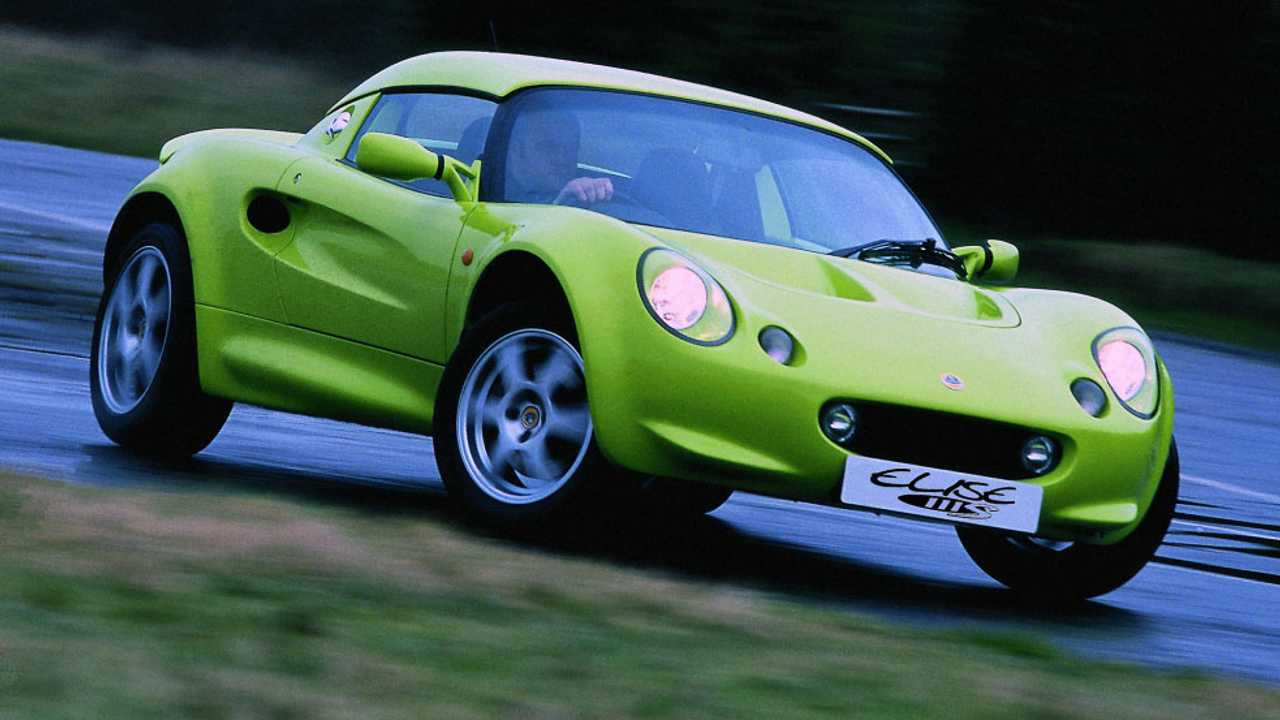
The Frankfurt Motor Show 1997 triumphantly introduced the Land Rover Freelander. Prior to the Freelander, all Land Rover SUVs were body-on-frame, with large engines and complex all-wheel drive systems: with holds, low range, etc. The LR Freelander opened the English brand for young people and the BMW Group: this company acquired Land Rover and invested in the renovation of the plant in Solihull. Land Rover got a new life.
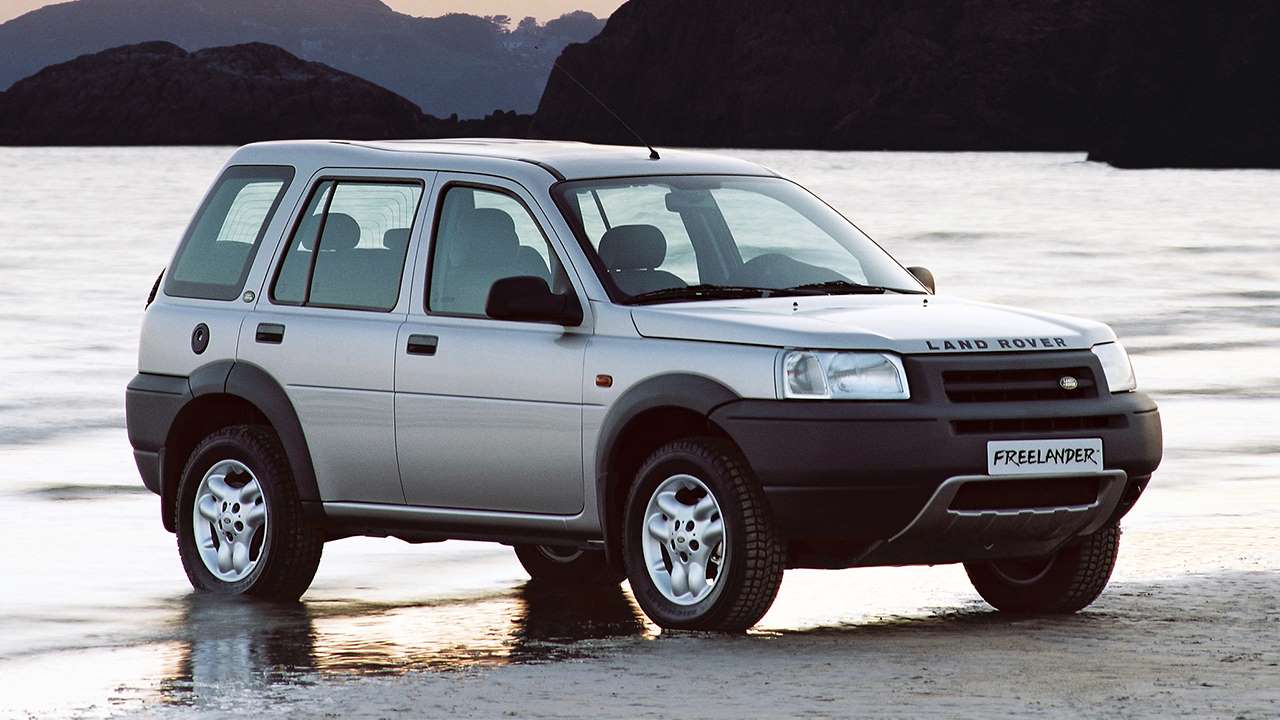
The 1999 Motor Show demonstrated the Peugeot 607 to the world. It was not the most striking Peugeot car, but it was the last real flagship of the company. Now it, along with the more compact Peugeot 407, has been replaced with a single model – the 508. However, the new liftback, for all its sportiness and futurism, doesn’t look like the coolest model of the brand. But the 607 also had a sports version, but only a concept – the 607 Pescarolo sedan, prepared by the eponymous motorsport team, developed 400 horsepower and could accelerate to 290 kilometers per hour. In the same year, the BMW M3 E46 was presented at the auto show, which to this day remains a popular choice for those who want to build a car for track days or participation in drift championships. Two years later, at the same Frankfurt Motor Show, the M3 CSL concept debuted, which was the forerunner of one of the most revered and respected “M”s.

In 2001, the Bugatti Veyron Concept and the Lamborghini Murcielago were presented at the auto show – the year was generally fruitful for big premieres, as was the year 2003 (which presented the Audi Le Mans Quattro and the Aston Martin DB9). The DB9 was so successful and so charming that it stayed on the production line until 2016. And visitors of the Frankfurt Motor Show were the first to appreciate it.
The 2009 Motor Show opened the Ferrari 458 Italia and the Saab 9-5 to the world. The 458 Italia didn’t become a new milestone in the history of Ferrari, as, for example, the F40, but the audacious Italian captivated not only with a radical design that was very different from the F430 and the 360 Modena, but also with advanced technologies: an electronic self-locking differential, advanced traction control, the latest direct injection engine (which spun up to 9,000 rpm) and a semi-automatic transmission with two clutches. The car turned out to be extremely successful and, if we don’t go into details, it is still being produced, albeit thoroughly modified, and under the new name F8 Tributo. At the same time, the debut of the last new Saab car, the 9-5 model, took place, which, unfortunately, appeared too late to change anything. But life had other ideas, and the company was closed and partially sold to the Chinese.
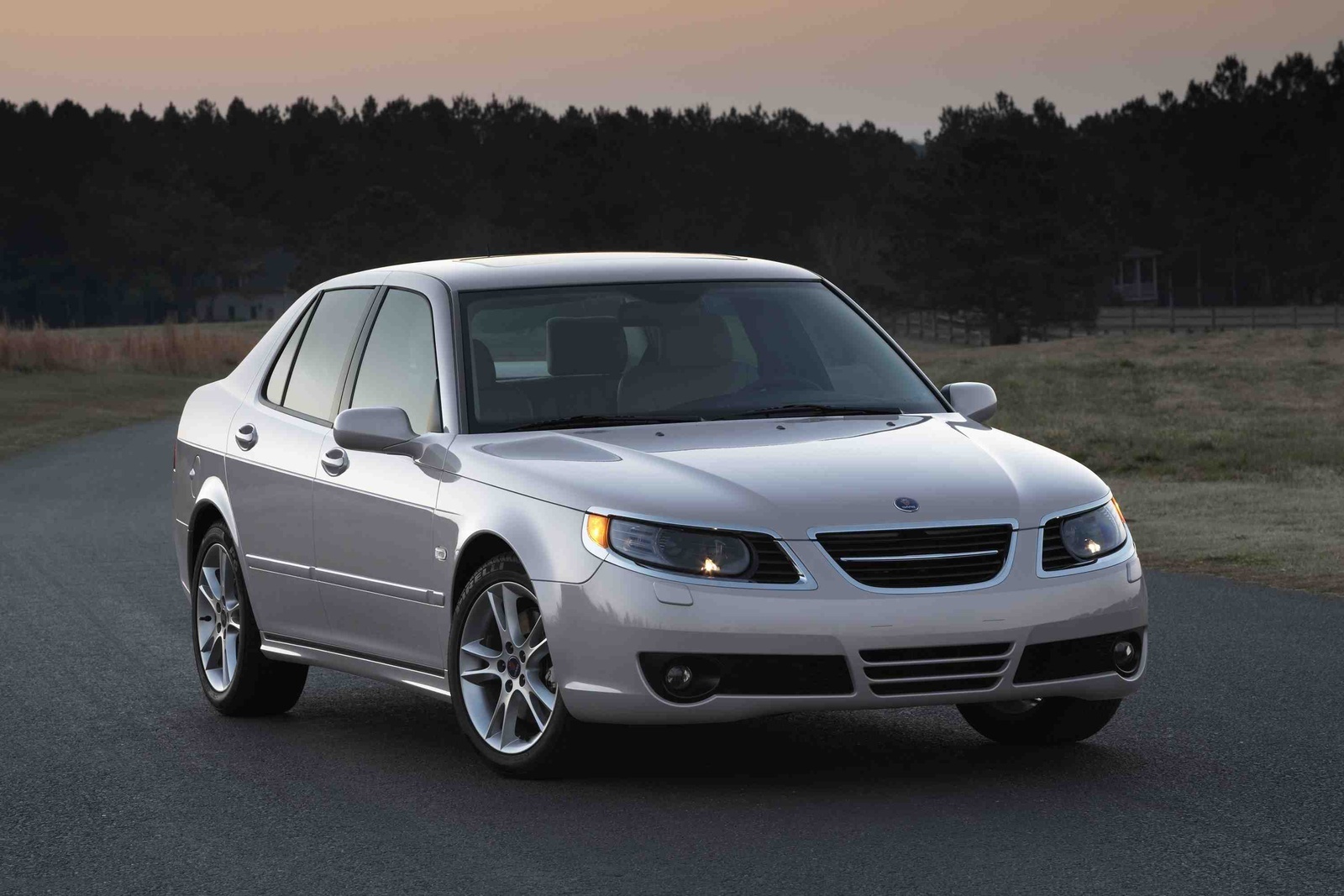
2011 brought the Volkswagen Up to the world, which is extremely popular in Western Europe. Small and simple cars are still needed by those who can’t stand crossovers. In its production form, this car was first shown in 2011, and in the form of a concept car – in 2007. Both premieres were held in Frankfurt.
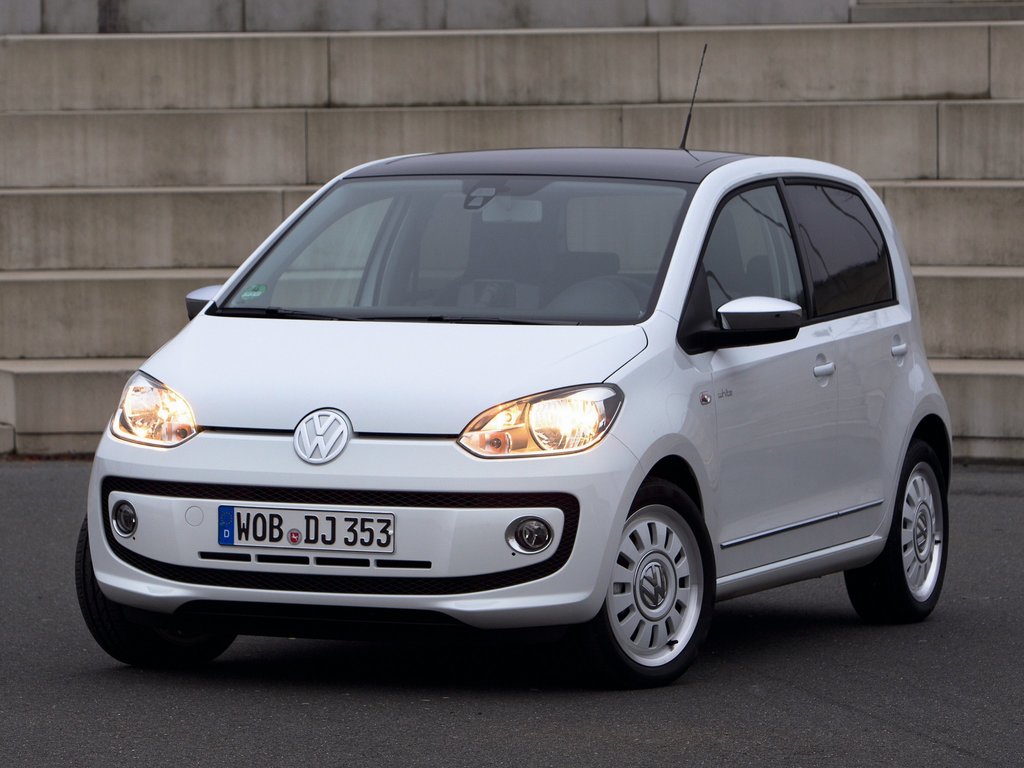
The 2013 Motor Show demonstrated the capabilities of the Porsche 918 Spyder and the BMW i8. The all-wheel-drive hybrid 918 Spyder was not only cheaper than McLaren and Ferrari supercars, but faster than them on most world circuits. The fate of the BMW i8 was much sadder – the high price and not particularly outstanding characteristics for a sports car led to the fact that the demand for the i8 didn’t become high, so the model was discontinued in the same year.
The 2017 Motor Show presented the Mercedes-AMG Project One. This Mercedes-Benz supercar was the first car in the world to receive a hybrid powerplant from a real Formula 1 car – at that time, neither Ferrari, Renault, nor Honda dared to take such a step.

2019 showed the Porsche Taycan and the Honda e to the world. The latter one has an appearance that will melt the heart of even the most callous car-hater. Potentially, the Honda e is a car that can significantly increase the population of electric cars on the planet. The Taycan, in turn, grew out of the Mission E concept, which was also introduced in Frankfurt, but in 2015.

What happened in 2019
Today, car companies are increasingly refusing to exhibit their concepts and new products at car shows, preferring online presentations and independent premieres. Some of the largest automakers have already called the motor show format outdated. They believe that it can be replaced by a new one, which will focus not on the final product, but on the “concept of mobility”. In other words, companies will present developments in the field of “mobility of the future”, and cars will only be an application to various services.
In 2019, Nissan, Aston Martin, Ferrari, Cadillac, Chevrolet, Chrysler, Citroen, Infiniti, Mazda, Mitsubishi, Rolls-Royce, Subaru, Suzuki, Toyota, and Volvo refused to participate in the Frankfurt Motor Show. In the same year, the contract of German Association of the Automotive Industry and the Messe Frankfurt exhibition center expired. The Motor Show, which was in the top 5 of the world’s largest automobile exhibitions, suddenly ceased to be visited and began to experience a shortage of truly significant world car premieres. Although the size of the exhibition stands at the Frankfurt Motor Show was still impressive, and innovative technologies were always present. In total, 18 car manufacturers showed their products, including three “exotics” from the Celestial Empire. It turns out that Frankfurt in 2019 was ignored by most of the world’s carmakers.
In addition, automakers began to realize that exhibitions are a kind of black hole, sucking in astronomical amounts, and if there are no real novelties, it is only a waste of money. Young people around the world began to lose interest in cars – electric scooters, bicycles, carsharing, subscription cars gradually did their job. The classic car show today represents a crisis of the genre. There is a trend towards the decline of car shows as it stood. It wasn’t just Frankfurt that was missing many car brands: many of the world’s motor shows were experiencing the same set of problems. But it was the Frankfurt Motor Show that had to be closed, despite the fact that in 2019 a huge area of the exhibition center was given over to off-road test track, on the street and in the pavilions, the public was offered exciting simulators, examples of innovative technologies used in cars, and even collective tours of the exhibitions with well-trained guides (just like in a museum) were held. Also, the latest exhibition in the history of Frankfurt confirmed a number of key technological trends. First of all, this is a general electrification in Europe, a step-by-step transition to self-driving cars, total digitalization of cars, which are increasingly becoming gadgets on wheels, a departure from design canons and traditions in order to attract young customers.
When getting behind the wheel, don’t forget about a driver’s license (preferably an international one). Don’t you have it yet? We invite you to quickly and easily process the international driver’s license on our website. This won’t take you much time and effort.






